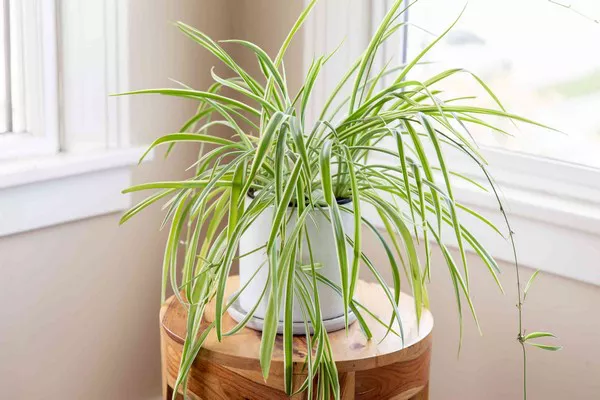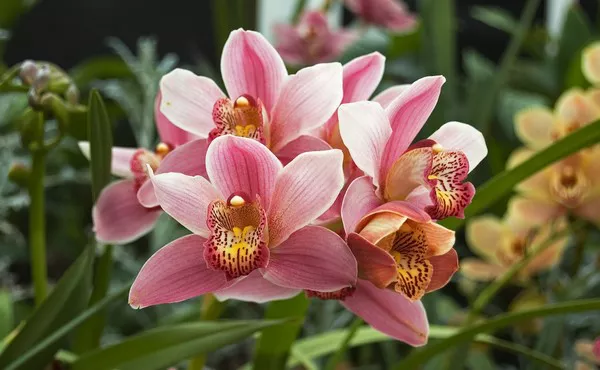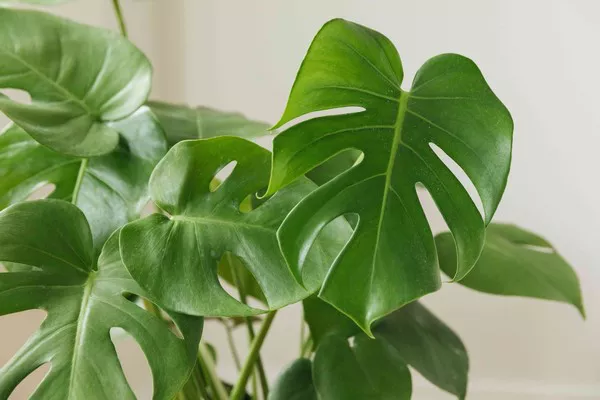Anthuriums are striking flowering plants known for their vibrant, glossy leaves and unique spathe-and-spadix flower structure. Belonging to the Araceae family, these tropical beauties are native to the rainforests of Central and South America, as well as parts of the Caribbean. Anthuriums are popular as ornamental houseplants and are also cultivated commercially for their use in floral arrangements due to their long-lasting blooms and exotic appearance.
Understanding Anthuriums: Botanical Background
Anthuriums encompass a diverse group of plants with over 1000 species and numerous hybrids. They vary widely in size, leaf shape, and flower color, making them versatile additions to both indoor and outdoor gardens. Known colloquially as flamingo flowers or laceleaf, Anthuriums have become iconic for their glossy, heart-shaped leaves and their unique flowering structure, which resembles a waxy, elongated heart with a protruding spadix.
The Appeal of Anthuriums in Horticulture
Anthuriums have gained immense popularity in horticulture due to several appealing characteristics:
Long-lasting Blooms: The flowers of Anthuriums can persist for several weeks, adding a splash of color to any space.
Air Purification: These plants are known for their ability to purify indoor air by removing toxins such as formaldehyde, ammonia, and xylene.
Low Maintenance: Anthuriums are relatively easy to care for, requiring moderate light, well-draining soil, and regular watering.
Varieties and Cultivars of Anthuriums
Anthuriums come in a wide array of varieties and cultivars, each with its own distinct features:
1. Anthurium andraeanum
Anthurium andraeanum, commonly known as the painter’s palette or laceleaf, is one of the most popular species. It features glossy, heart-shaped leaves and brightly colored spathes that range from red and pink to white and orange.
2. Anthurium scherzerianum
Anthurium scherzerianum, also called the flamingo flower, is noted for its more compact growth habit and spathes that are typically red, with contrasting yellow spadices.
3. Anthurium crystallinum
Anthurium crystallinum stands out for its velvety, dark green leaves with silver veins, giving it a striking appearance. Its inflorescence is often a greenish-white spathe with a pale yellow spadix.
4. Anthurium clarinervium
Anthurium clarinervium is prized for its large, heart-shaped leaves with prominent white veins. Its flowers are similar to A. crystallinum but with a more elongated spathe.
5. Anthurium warocqueanum
Anthurium warocqueanum, known as the queen Anthurium, is celebrated for its massive, deeply lobed leaves that can reach up to 1 meter in length. Its flowers are greenish with a reddish-brown spadix.
See Also: 8 Biggest Varieties of Climbing Roses
5 Biggest Anthurium Species
1. Anthurium amnicola
Native Habitat and Description:
Anthurium amnicola is indigenous to Colombia and Ecuador, where it thrives in the humid rainforest understory. This species is renowned for its large, deeply veined leaves that can exceed 1.5 meters in length. The leaves are glossy and typically green, providing a lush backdrop to its distinctive flowers.
Flower Characteristics:
The inflorescence of Anthurium amnicola consists of a greenish-white spathe that encloses a pale yellow spadix. The flowers are held on tall stems above the foliage, creating a striking contrast against the dark green leaves.
Cultural Considerations:
To cultivate Anthurium amnicola successfully, mimic its natural habitat by providing bright, indirect light and high humidity. Ensure well-draining soil and avoid waterlogged conditions to prevent root rot. Regular feeding with a balanced fertilizer supports healthy growth and flowering.
2. Anthurium superbum
Origin and Distribution:
Anthurium superbum is native to Colombia, where it thrives in shaded, moist environments. This species is characterized by its large, glossy leaves that can reach lengths of up to 1.2 meters. The leaves are deeply lobed and typically dark green, enhancing its tropical appeal.
Floral Display:
The flowers of Anthurium superbum emerge on long stalks and are enclosed by a large, dark green spathe. The spadix is often yellow, adding a vibrant accent to its robust foliage. Anthurium superbum’s flowers are visually striking and contribute to its popularity among collectors.
Growing Requirements:
Successful cultivation of Anthurium superbum requires filtered light and high humidity levels. Maintain consistent moisture levels in well-draining soil to support vigorous growth. Periodic fertilization during the growing season promotes foliage development and flowering.
3. Anthurium regale
Natural Habitat:
Anthurium regale is native to Colombia, where it inhabits the forest understory. This species is distinguished by its large, velvety leaves that can exceed 1.5 meters in length. The leaves are heart-shaped and prominently veined, giving them a regal appearance in botanical settings.
Flower Characteristics:
The inflorescence of Anthurium regale features white or pale green spathes with contrasting yellow spadices. The flowers are borne on tall stems above the foliage, showcasing its elegant floral display. Anthurium regale’s flowers complement its lush foliage, making it a coveted species among plant enthusiasts.
Cultural Practices:
To cultivate Anthurium regale successfully, provide bright, indirect light and maintain warm temperatures. Ensure well-draining soil with adequate organic matter to support healthy root development. Regular watering and fertilization during the growing season encourage robust growth and flowering.
4. Anthurium crystallinum
Unique Characteristics:
Anthurium crystallinum is celebrated for its velvety, dark green leaves adorned with silver veins. This species can attain leaf lengths of up to 90 cm, making it a standout in botanical collections. Anthurium crystallinum’s foliage texture and coloration contribute to its ornamental value.
Flowering Pattern:
The inflorescence of Anthurium crystallinum consists of greenish-white spathes surrounding a pale yellow spadix. The flowers emerge intermittently above the foliage, enhancing its visual appeal. Anthurium crystallinum’s flowers are modest yet complement its striking foliage.
Cultivation Tips:
Successful cultivation of Anthurium crystallinum requires filtered light and high humidity levels. Use well-draining potting mix enriched with organic matter to maintain moisture balance. Regular fertilization during the growing season supports foliage vigor and occasional flowering.
5. Anthurium veitchii
Native Range:
Anthurium veitchii is native to Colombia and Ecuador, where it thrives in shaded, humid conditions. This species is recognized for its enormous, deeply lobed leaves that can span up to 1.2 meters in width. Anthurium veitchii’s leaves are glossy and leathery, with prominent veins that enhance its tropical appeal.
Floral Presentation:
The flowers of Anthurium veitchii emerge on tall stems and are characterized by greenish-white spathes with pale yellow spadices. The inflorescence contrasts beautifully against the dark green foliage, adding a focal point to botanical displays. Anthurium veitchii’s flowers are elegant and contribute to its allure in horticulture.
Cultural Considerations:
To cultivate Anthurium veitchii successfully, provide filtered light and maintain warm temperatures. Use well-draining soil amended with organic matter to ensure optimal root health. Regular watering and fertilization during the growing season promote vigorous growth and occasional flowering.
See Also: The Biggest Lotus Flower in the World – Victoria Amazonica!
Conclusion
In conclusion, exploring the largest Anthurium species provides insights into their diverse characteristics and cultural requirements. These tropical plants captivate enthusiasts with their substantial foliage and elegant flowers, making them prized additions to botanical gardens and indoor collections. By understanding the unique attributes of each species, horticulturists can cultivate and appreciate these remarkable plants for their ornamental value and ecological significance in tropical ecosystems.
You Might Be Interested In:



![10 Most Richest Cities in the United States [Revealed!]](https://www.validdownloads.com/wp-content/uploads/2023/12/Manjula-Pothos.webp)




















